
Indigofera species - Plant
(MRP Inclusive of all taxes)
- Shipping ₹79 for entire order
- Dispatch in 7 days
- Country of origin: India

(MRP Inclusive of all taxes)
 Save 29%
Save 29%
Air Purifier Money Plant with Pot The Air Purifier Money Plant, also known as Pothos or Epipremnum aureum, is a stunning indoor plant that...
View full details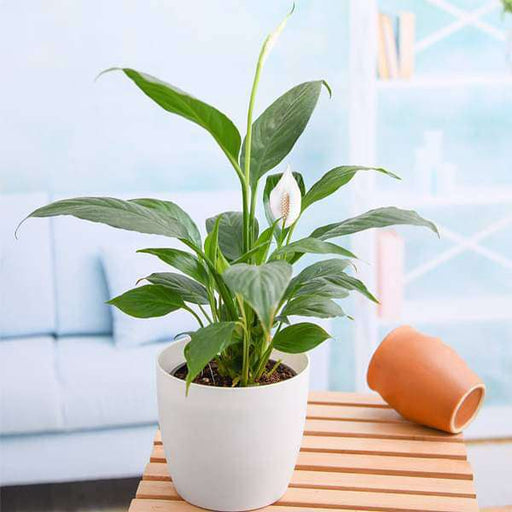
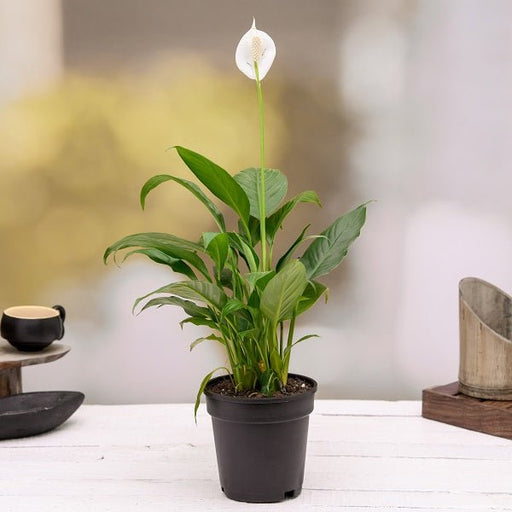 Save up to 15%
Save up to 15%
Peace Lily, Spathiphyllum - Plant The Peace Lily, scientifically known as Spathiphyllum, is a stunning houseplant celebrated for its elegant white...
View full details
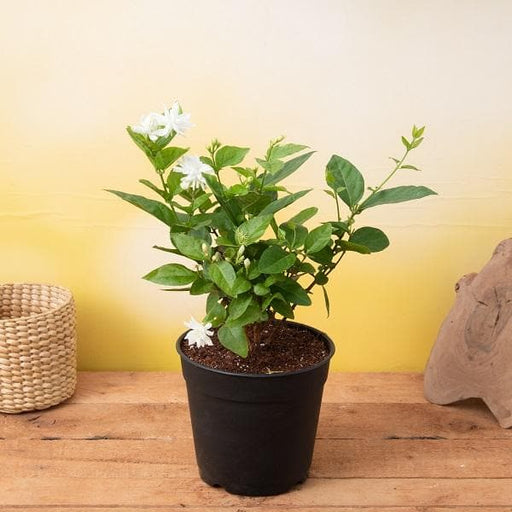 Save 25%
Save 25%
Jasminum sambac, Mogra, Arabian Jasmine - Plant Jasminum sambac, commonly known as Mogra or Arabian Jasmine, is a fragrant flowering plant...
View full details
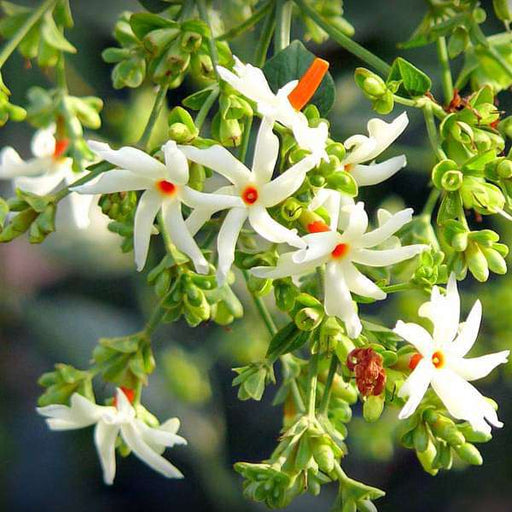 Save 18%
Save 18%
Combo Constituents Includes the Parijat Tree (Night-Flowering Jasmine), a culturally significant plant with fragrant flowers. Description The Pari...
View full details
 Save 25%
Save 25%
Miniature Rose, Button Rose (Any Color) - Plant The Miniature Rose, also known as the Button Rose, is a charming and compact flowering plant that ...
View full details Save 25%
Save 25%
Damascus Rose, Scented Rose (Any Color) - Plant The Damascus Rose, also known as Rosa damascena, is a timeless symbol of beauty and romanc...
View full details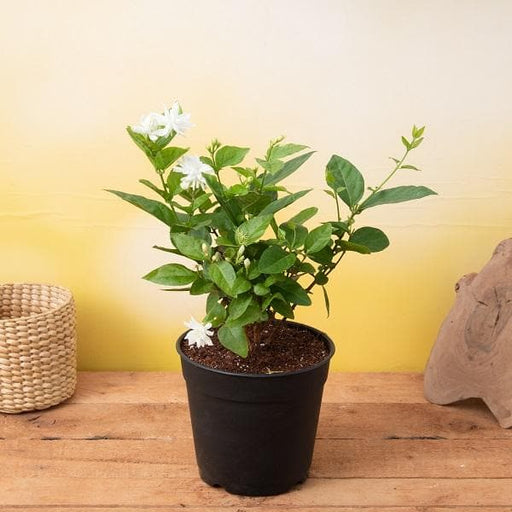
 Save 17%
Save 17%
Beautiful Fragrant Mogra, Arabian Jasmine Plant with Pot The Beautiful Fragrant Mogra, also known as Arabian Jasmine (Jasminum sambac), is...
View full details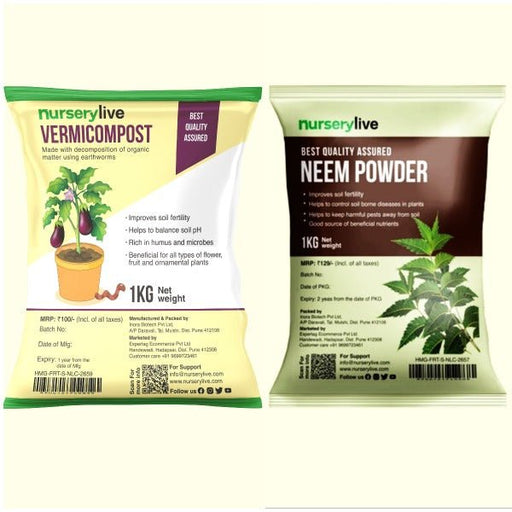 Save 15%
Save 15%
Pack of Vermicompost and Neem Cake for House Plants Transform your indoor garden with our premium Pack of Vermicompost and Neem Cake, spec...
View full details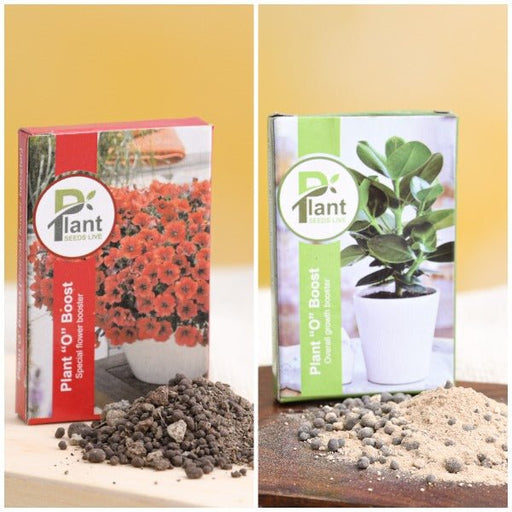
Pack of Plant Growth and Flower Boosters Unlock the full potential of your garden with our Pack of Plant Growth and Flower Boosters! This ...
View full details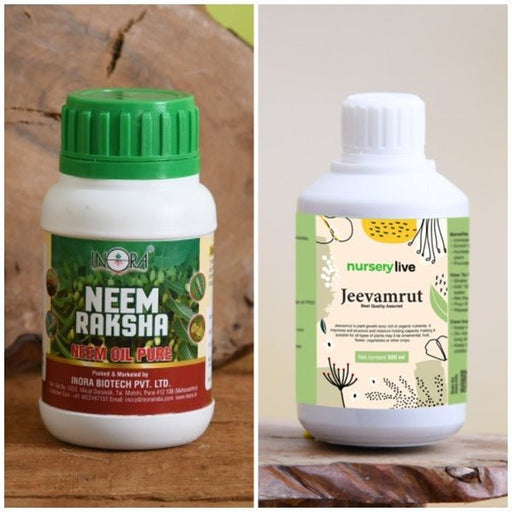 Save 38%
Save 38%
Combo of Jeevamrut and Neem Raksha for Easy Growth and Protection of Houseplants Transform your indoor garden with our exclusive combo of ...
View full details Save 22%
Save 22%
Plant Nutrients Kit (Pack of 16) for a Healthy Garden Transform your garden into a lush paradise with our Plant Nutrients Kit, featuring 1...
View full details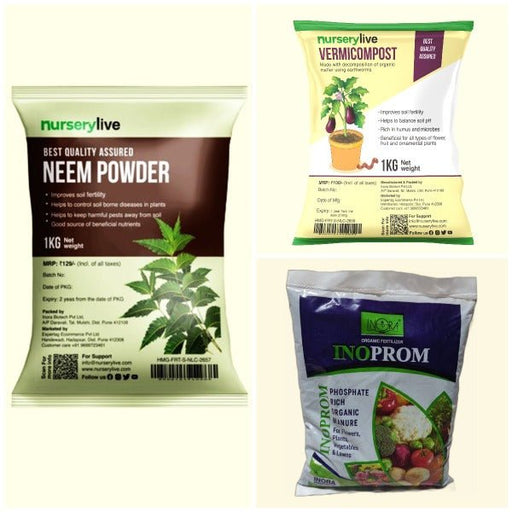 Save 16%
Save 16%
Combo of Top Plant Fertilizers Elevate your gardening game with our exclusive Combo of Top Plant Fertilizers, featuring two bags of premiu...
View full details Save 24%
Save 24%
Pack of 4 Additives to Make Soil Healthy and Nutrient Rich Transform your garden into a thriving ecosystem with our Pack of 4 Additives de...
View full details Save 30%
Save 30%
Transform your gardening experience with our premium Combo of Perlite and Vermiculite. This unique blend is designed to enhance soil aeration and ...
View full details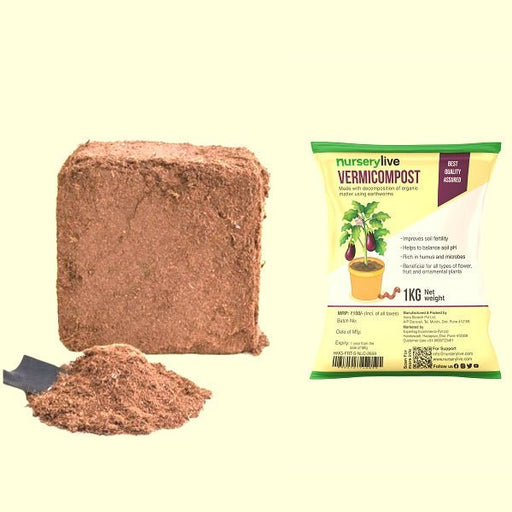 Save 27%
Save 27%
Combo of 2 Vermicompost and Cocopeat - Enrich Your Soil Naturally! Transform your garden into a thriving ecosystem with our Combo of 2 Ver...
View full details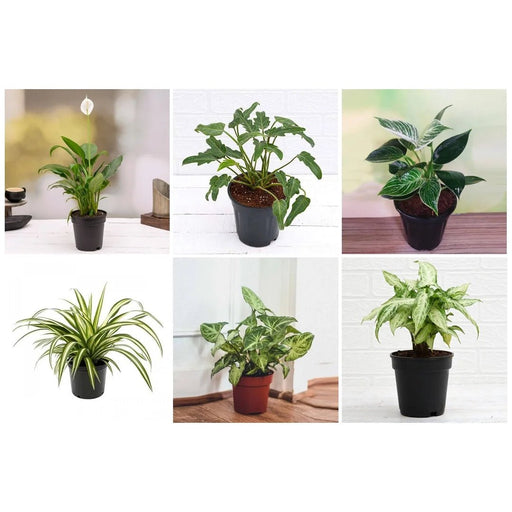
 Save 35%
Save 35%
Best 6 Plants for Perfect Indoor Garden Transform your living space into a lush oasis with our curated collection of the Best 6 Plants for a...
View full details
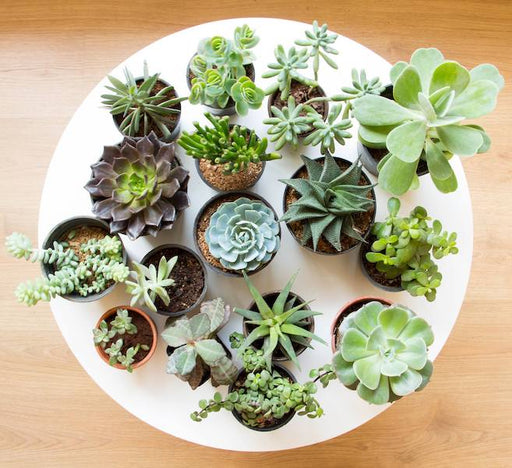 Save up to 50%
Save up to 50%
Mini Succulent Garden Pack Transform your space with our Mini Succulent Garden Pack, featuring a delightful collection of 4 any variety beautiful s...
View full details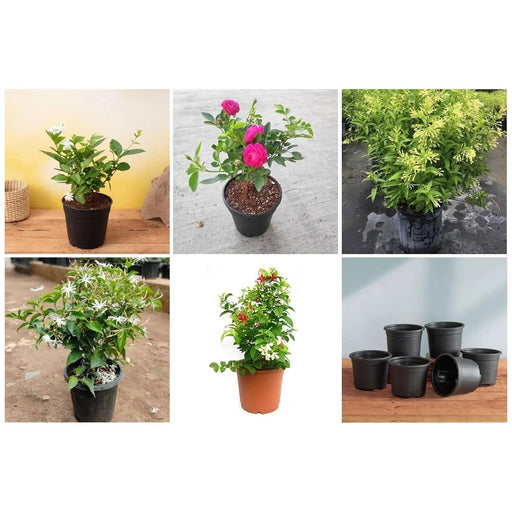
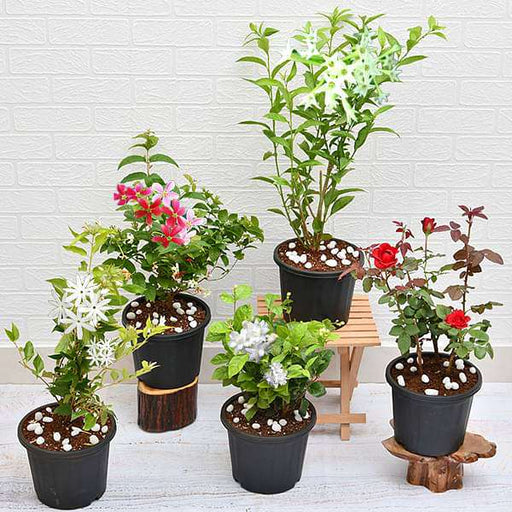 Save 30%
Save 30%
5 Best Fragrant Plants Transform your garden or indoor space into a fragrant paradise with our curated selection of the 5 Best Fragrant Plants. Th...
View full details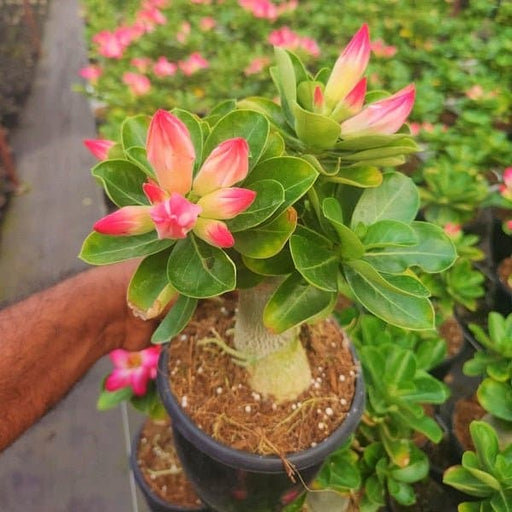
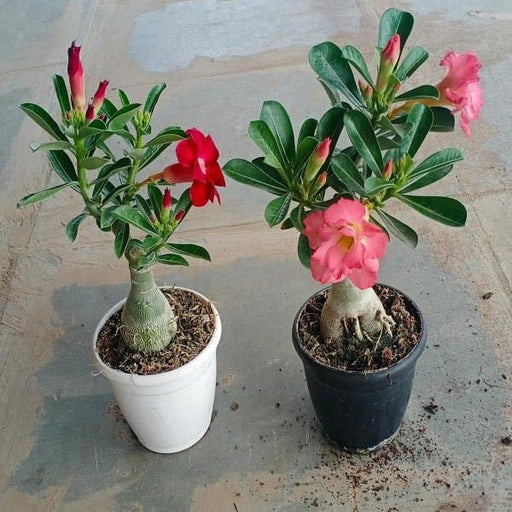 Save 24%
Save 24%
Set of 2 Bonsai Looking Grafted Adeniums Transform your indoor or outdoor space with our exquisite Set of 2 Bonsai Looking Grafted Adenium...
View full details Save 45%
Save 45%
Top 4 Die Hard Succulents Pack Transform your indoor or outdoor space with our Top 4 Die Hard Succulents Pack, featuring a curated selecti...
View full details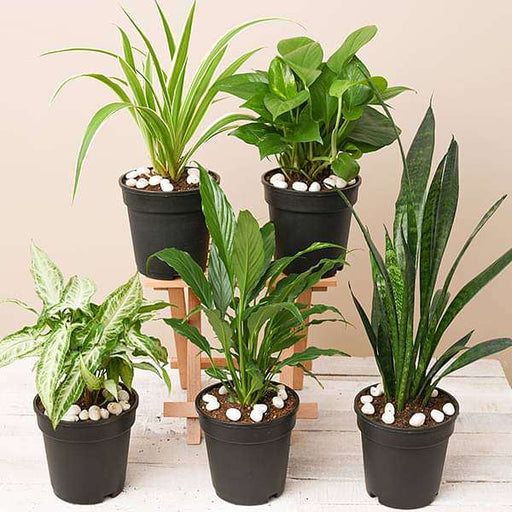
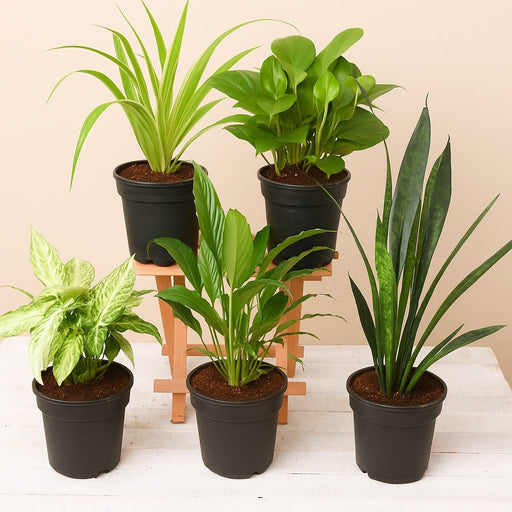 Save 30%
Save 30%
5 Best Indoor Plants Pack Transform your living space into a lush oasis with our '5 Best Indoor Plants Pack.' This carefully curated collection fe...
View full details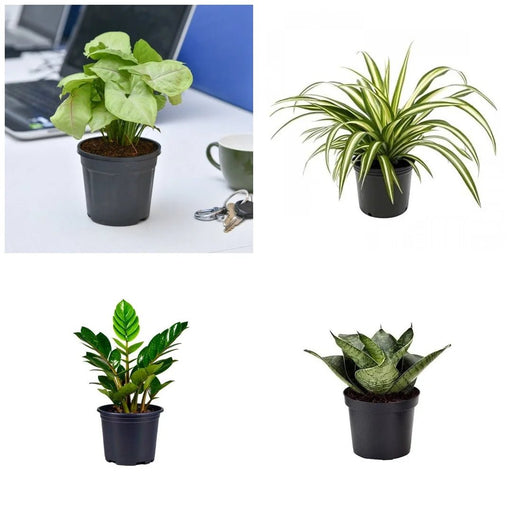
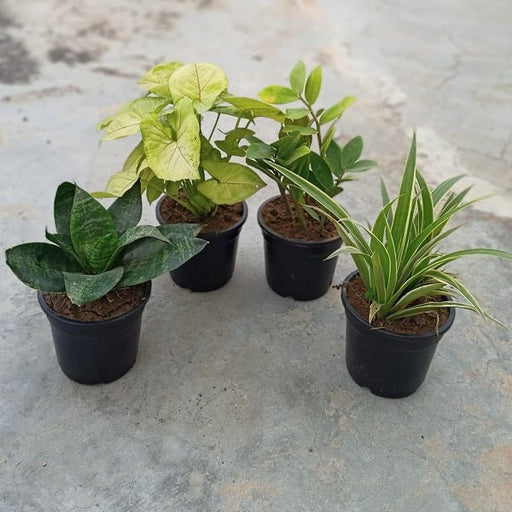 Save 25%
Save 25%
Set of 4 Evergreen Air Purifier Plant Pack Transform your indoor space into a lush, green oasis with our Set of 4 Evergreen Air Purifier Pla...
View full details| SrNo | Item Name |
|---|---|
| 1 | Indigofera species - Plant |
The Indigofera species, commonly known as indigo plants, are a diverse group of flowering plants belonging to the Fabaceae family. Renowned for their vibrant blue dye, these plants have been cultivated for centuries, dating back to ancient civilizations in Asia and Africa. With over 700 species, Indigofera plants are not only visually appealing but also play a significant role in traditional dyeing processes and sustainable agriculture.
What makes Indigofera special is its ability to thrive in various climates, making it a versatile addition to gardens and landscapes. The plant's striking foliage and delicate flowers attract pollinators, contributing to biodiversity. Additionally, Indigofera species are nitrogen-fixing plants, enhancing soil fertility and promoting sustainable farming practices.
One of the standout features of Indigofera is its historical significance in textile production. The indigo dye extracted from its leaves has been used for centuries to create rich, deep blue fabrics, making it a staple in traditional dyeing techniques worldwide.
Indigofera species contribute positively to the environment by improving soil quality through nitrogen fixation. Their ability to grow in poor soils makes them ideal for land restoration projects. Additionally, by attracting pollinators, they support local ecosystems and promote biodiversity.
Ah, the magical world of Indigofera! Not just a pretty face in the plant kingdom, these species are like the Swiss Army knives of herbal remedies. From treating skin ailments to soothing digestive woes, Indigofera has been the go-to for traditional healers. Imagine a plant that can help you with everything from a pesky rash to a bad case of the blues. It’s like having a mini pharmacy in your garden, minus the awkward conversations with pharmacists.
Indigofera species are not picky eaters when it comes to soil. They thrive in a variety of conditions, from sandy to clayey soils, making them the ultimate low-maintenance divas of the plant world. Just give them a decent drainage system, and they’ll reward you with lush foliage and vibrant flowers. It’s like they’re saying, “Feed me, but don’t overdo it!” Perfect for those who want to garden without the fuss.
If you’re looking for a plant that knows how to strut its stuff, look no further than Indigofera species. These beauties can grow as shrubs or small trees, depending on their mood and the space they’re given. They’re the chameleons of the plant world, adapting to your garden’s vibe. Whether you want a bushy border or a statement tree, Indigofera has got your back, or should we say, your branches!
Get ready for a floral fiesta! Indigofera species bloom in a riot of colors, typically during the warmer months. Their flowers are like nature’s confetti, attracting bees, butterflies, and anyone else who appreciates a good party. If you want to turn your garden into a buzzing hotspot, these plants are your ticket to floral fame. Just be prepared for the compliments; your garden will be the talk of the town!
In a world where water is gold, Indigofera species are the savvy investors. These plants are drought-tolerant champions, thriving even when the going gets tough. They’ve mastered the art of conserving water, making them perfect for those who want a beautiful garden without the constant watering hassle. It’s like they’re saying, “I can handle the heat; bring it on!”
Who needs pesticides when you have Indigofera species? These plants come equipped with natural defenses that keep pesky pests at bay. They’re like the bouncers of your garden, ensuring that only the good bugs are allowed in. With Indigofera, you can enjoy a thriving ecosystem without the chemical drama. It’s a win-win for you and Mother Nature!
Looking to create a plant party? Indigofera species are the perfect companions for a variety of garden friends. They play well with others, enhancing the beauty and health of your garden. Pair them with flowering plants or even vegetables, and watch the magic happen. It’s like a botanical buddy system, where everyone benefits from each other’s company.
Want to multiply your Indigofera collection? Propagation is a breeze! Whether you prefer seeds, cuttings, or layering, these plants are eager to share their charm. It’s like a plant version of “The More, The Merrier.” Just follow a few simple steps, and soon you’ll have a mini Indigofera empire in your backyard.
Indigofera species are the globetrotters of the plant world, adapting to various climates with ease. Whether you live in a tropical paradise or a temperate zone, these plants will find a way to thrive. They’re like the ultimate travel buddies, ready to take on any environment. Just give them a little love, and they’ll flourish wherever you plant them.
If you’re looking to jazz up your landscape, Indigofera species are your go-to plants. With their stunning foliage and vibrant flowers, they can transform any dull garden into a visual masterpiece. Use them as hedges, borders, or focal points, and watch your outdoor space come alive. It’s like giving your garden a makeover, and who doesn’t love a good glow-up?
Indigofera species are not just pretty; they’re eco-warriors too! These plants improve soil health, provide habitat for wildlife, and even help combat erosion. By planting Indigofera, you’re not just beautifying your space; you’re contributing to a healthier planet. It’s like being a superhero in the gardening world, cape optional!
In many cultures, Indigofera species hold a special place, often associated with traditional practices and folklore. From dye production to medicinal uses, these plants have woven themselves into the fabric of human history. By growing Indigofera, you’re not just cultivating a plant; you’re nurturing a legacy. It’s like having a piece of history right in your backyard!
Indigofera species are a delightful bunch of flowering plants, often known for their vibrant blue and purple hues. These leguminous wonders are not just pretty faces; they also fix nitrogen in the soil, making them the eco-friendly superheroes of the plant world. Who knew beauty could come with such benefits
Indigofera species thrive in tropical and subtropical regions, strutting their stuff in places like Africa, Asia, and Australia. They love warm climates and well-drained soils, so if you’re planning a garden party, make sure it’s sunny and dry. These plants are the sunbathers of the botanical world!
” Just remember, they’re not competing for the tallest plant award!
Absolutely! Indigofera species are like the low-maintenance friends we all wish we had. They require minimal watering and can tolerate drought, making them perfect for those who forget to water their plants. Just give them some sunlight and a little love, and they’ll thrive like the divas they are!
Indigofera species are not just eye candy; they have practical uses too! Traditionally, they’ve been used for dyeing fabrics, thanks to their rich indigo pigment. Additionally, they serve as fodder for livestock and can be used in erosion control. Talk about a multitasking plant that knows how to work it!
Some Indigofera species can be a bit too enthusiastic in their growth, potentially becoming invasive in certain regions. They might just take over the neighborhood if left unchecked! It’s best to keep an eye on them and manage their spread, ensuring they don’t throw a wild party in your garden.
Propagating Indigofera species is as easy as pie! You can do it through seeds or cuttings. Just soak the seeds overnight for a head start, or snip a healthy stem and plant it in well-draining soil. With a little patience, you’ll have new plants sprouting like they’re auditioning for a botanical reality show!
No thanks, they’ll pass!
Yes, indeed! Indigofera species are like the party hosts of the plant kingdom, attracting bees, butterflies, and other pollinators with their colorful blooms. They’re not just pretty; they’re also essential for maintaining biodiversity. So, plant them and watch the pollinator parade come to town!
While Indigofera species prefer the great outdoors, you can try your luck growing them indoors if you have a sunny spot. Just ensure they get plenty of light and space to stretch their legs. But be warned: they might just start demanding more room like a diva in a tiny apartment!
Indigofera species can attract a few pesky visitors, like aphids and spider mites. But fear not! A little neem oil or insecticidal soap can send these uninvited guests packing. Keep an eye on your plants, and they’ll remain the belle of the botanical ball, free from unwanted pests!